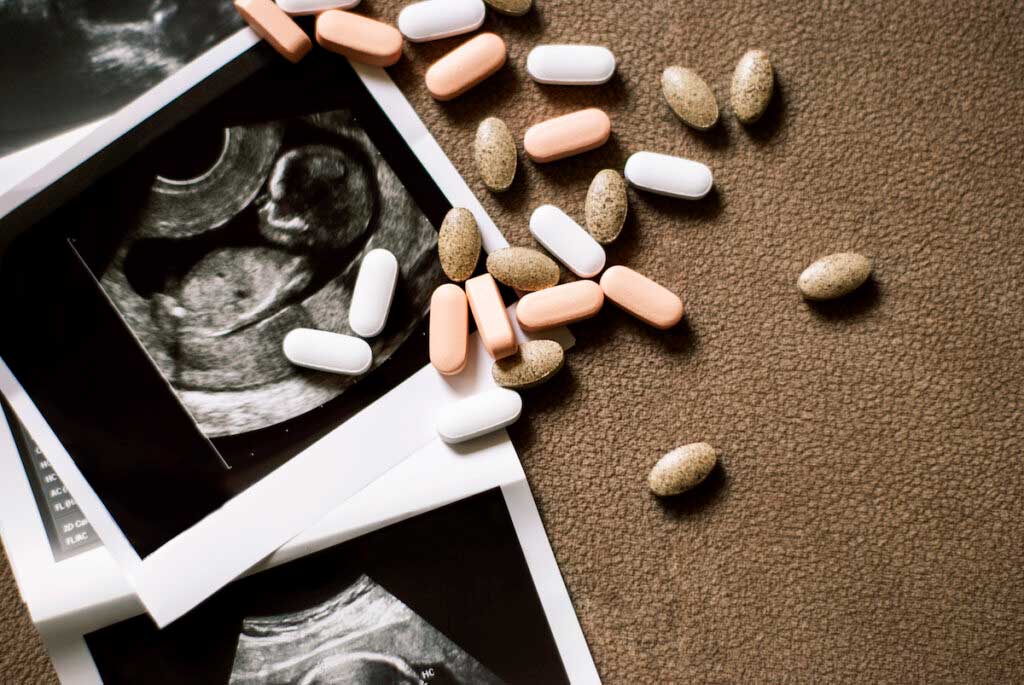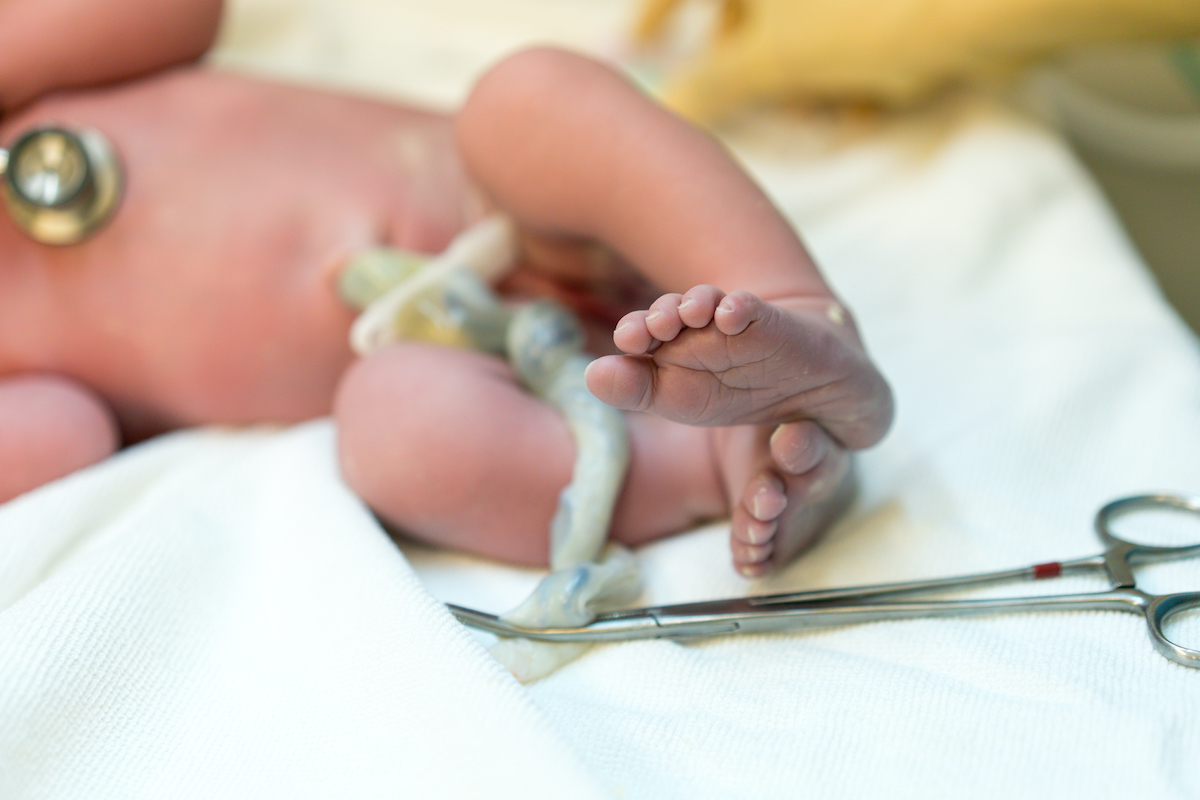Imagine I told you there was a condition that affected perhaps 25% of women postpartum. This condition caused fatigue (possibly extreme), irritability, limited cognitive ability, lowered tolerance for physical activity, and contributed to anxiety and depression. Now imagine I told you there was a simple treatment for it, usually given in pill form. This treatment is widely available, extremely cheap, and is not only safe in pregnancy and postpartum but actually has benefits for the baby. It will allow you to run faster, jump higher, and leap tall buildings in a single bound.
Okay, I made up the part about the buildings. But the rest of that is true. The condition is anemia, and the treatment is iron, and that’s what we are talking about today.
The TL;DR, if you do not want to read to the end: If you are pregnant or postpartum, or even if you are just a regular person, you should get an iron test. And if your iron is low, you should supplement.
To the details!
What is anemia and how common is it?
Anemia is a condition in which individuals do not have enough healthy red blood cells to carry oxygen around their body. Since you’re using oxygen to do pretty much everything, being anemic has a wide range of negative impacts. Anemia can be caused by a number of factors — there are genetic conditions that put people at higher risk, and some vitamin deficiencies can contribute. A very common cause — the topic of today — is iron deficiency. Iron is used to make red blood cells, and not having enough means not enough cells.
Generally you get iron through food. However, in at least some cases, people may not consume enough high-iron foods to cover their needs. One reason for this is that many of the foods with the highest levels and most usable iron are not that popular: liver and other organ meats, mussels, sardines. You can get iron through plant-based food (beans, spinach), but the levels are lower and the type of iron is less digestible.
When testing for anemia, the most common metric used is serum hemoglobin. The exact definition of anemia varies, but the commonly used World Health Organization definition is a serum hemoglobin threshold of 11 grams per deciliter (g/dL).
A second metric, which is less widely tested for (but may actually be more informative) is ferritin. Low levels here — usually defined as below 20 micrograms per liter — also indicate anemia.
Hemoglobin testing is done in, among other places, the National Health and Nutrition Examination Survey (NHANES). The graph below, drawn from this excellent summary paper, shows the share of women of roughly childbearing age, by race, who fall into the definition of anemia (based on their hemoglobin).
These figures do not represent only women who are pregnant or postpartum, but we can see that, in general, rates of anemia are high, especially among Black women. Almost a third of Black women sampled in the 30-to-39 age range are classified as anemic. Among pregnant women in this sample, anemia rates were higher than in women overall (8.8% versus 7.6%), and 24% of Black pregnant women were classified as anemic.
Anemia levels are likely to be worse immediately postpartum than during pregnancy. In one Danish study, 25% of women who did not use iron supplements were anemic one week postpartum; this figure had declined to 16% by eight weeks, which is still very high. The reason for these higher levels is blood loss during delivery; this lowers the number of red blood cells, and it takes time for them to regenerate.
These numbers are high, and it is also important, perhaps, to say that they would be higher if we drew the cutoffs differently. More on this below, but it’s certainly not the case that there is some magic switch at 11 g/dL of hemoglobin where there is enough. A much larger share of women are maybe borderline, and still suffering some downsides.
What are the symptoms?
As a result of the fact that we use oxygen for everything, anemia has a wide range of consequences, including fatigue, cognitive impairment, psychological limitations, dizziness, and fainting. You might ask, especially postpartum, how we know that these are symptoms of anemia and not just, you know, “baby brain.”
The answer is that we have randomized trials in which iron levels are improved and these symptoms decline.
For example, there is this study from South Africa that randomized moms into iron supplementation or placebo. For women who were anemic at baseline, supplementation resulted in a 25% improvement in depression screening and improved performance on an IQ test. There is corroborating evidence for this depression link from non-randomized data showing that hemoglobin at delivery is linked to postpartum depression.
Another example: a randomized study in Switzerland that showed iron improved symptoms of fatigue (this was in a general female population). A large Cochrane review of iron supplementation in women of childbearing age showed supplementation improved iron status, lowered fatigue, and improved athletic performance.
The idea that anemia causes these types of symptoms is not controversial — it’s not only obvious in the trials, it is clear from the underlying science of how blood cells work.
How much is enough?
I think this is an interesting question, since so often in medicine we draw some arbitrary cutoff and then act like if you’re above the cutoff, that’s cool, and otherwise it’s a disaster. When it comes to iron levels, there is a continuum: 11 g/dL is better than 10; as you get lower and lower, eventually anemia will be deadly.
There is also, though, reasonable evidence that iron supplementation can improve circumstances even if people are not classified as anemic. This study, mentioned above, showed iron supplementation improved fatigue in women who were not classified as anemic but may have been on the borderline. Similarly, supplementation in non-anemic (but somewhat iron-deficient) adolescent athletes showed significant improvement in their treadmill endurance.
For people who are engaged in serious athletics, iron levels are a huge deal. I asked a couple of professional endurance athletes how they thought about this. They told me they usually use ferritin rather than hemoglobin to measure iron levels. With ferritin, anemia would often not be diagnosed until you hit a level below 20, or possibly even below 12. However, these women are generally looking to have a ferritin level in the range of 50 to 70, and said they noticed their performance was affected when levels dropped below 40. Put differently: for optimal athletic performance, the bare minimum is not close to enough.
I am not suggesting that most of my readers are trying to qualify for the Olympic marathon or win an Ironman. But parenting is an endurance sport of its own! It seems to me we should be considering iron deficiency as a possible issue for a large share of women (and people).
What should you do?
First step: get tested, or get your results. Most women are tested for anemia during pregnancy and at delivery. You may not be aware of this or be told your results, but you can ask. A hemoglobin level of less than 11 g/dL is anemia, and below 10 is usually classified as moderate to severe anemia. Levels slightly above this can also be concerning.
If you have not been tested — or if you’re not currently pregnant or postpartum — you can ask your doctor to do this test. (You can also have it done by a private lab, but that is often expensive.)
The very good news here is that if you are anemic, or borderline anemic, there are solutions. First, changing your diet could increase your iron levels. Eating more organ meats or more sardines. Beans or tofu can also help. There is iron fortification in some bread products.
Second, oral supplements. Iron pills are widely available, generally combined with vitamin C for better absorption. You can also get iron orally in liquid form. The downside of the liquid form is it stains your teeth. The downside of the pill form is that it can bother your stomach, so is best taken with food. Most people tolerate iron well, although constipation is a known side effect and sometimes it’s necessary to titrate the dose to avoid this.
As a note: Iron supplements are not only safe during pregnancy and breastfeeding but actually may have some benefits. Adequate iron in pregnancy can lower infant anemia risk at birth. Other than folic acid, it is the one component of prenatal vitamins that I argue is important.
Finally, for serious cases of anemia or for people for whom the pills make them feel ill, an IV infusion of iron is possible. This is something that has to happen in a doctor’s office or hospital, so it’s not the most convenient option. However, an interesting recent article argued that it might be more cost-effective to consider testing all women for anemia at one day postpartum and then give them an iron infusion before they leave the hospital if they are anemic. In a randomized trial, this improved iron levels and maternal outcomes relative to sending people home with iron pills.
(If anemia is very severe due to blood loss post-delivery, a blood transfusion may be necessary.)
The bottom line
Get some iron! Or at least find out if you need it.
This whole thing feels like a free lunch to me.
It’s a standard blood test we are already performing, and there is a clear treatment. It could improve the quality of life for a lot of people postpartum and beyond. My call to action for you today is to share this information with anyone you know who you think might need it.
Thanks today go to Kaitlin Goodman and Molly Huddle for weighing in!


















Log in